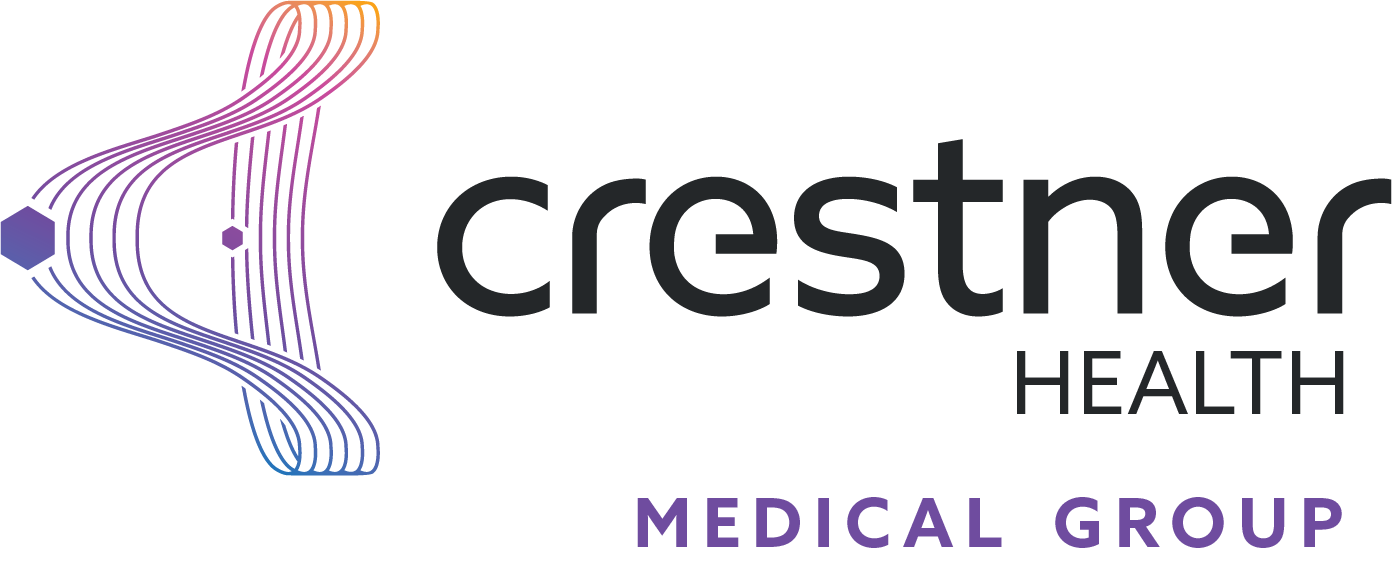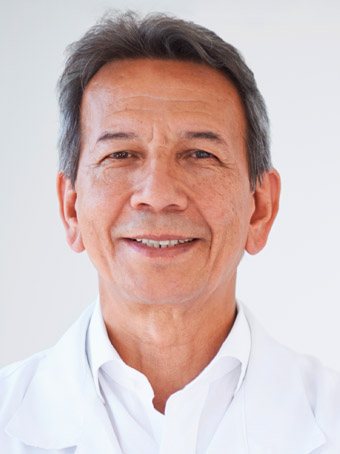Lung Cancer
Lung cancer is the third most common cancer in both men and women. It’s also very hard to find in the early stages. This makes lung cancer the leading cause of cancer-related deaths — more than colon, breast and prostate cancers combined. But not all lung cancers have the same prognosis. It’s important to know your type of lung cancer because it affects both your treatment and your outlook.
There are three types of lung cancer:
- Non-small cell accounts for about 85% of lung cancers and tends to grow and spread more slowly. There are three subtypes — adenocarcinoma, squamous cell carcinoma, and large cell carcinoma.
- Small cell makes up most of the rest of lung cancer cases, and tends to grow and spread quickly. The most common subtype is oat cell. The other subtype is combined small cell carcinoma.
- Carcinoid is a very rare type of lung cancer that grows very slowly.
Risk Factors and Causes
Anyone can get lung cancer. However, smoking is the number one risk factor for developing it. In fact, smoking causes 90% of lung cancer cases. This includes cigarettes, cigars and pipes. Your risk goes up the longer you smoke and the more cigarettes per day you smoke. The good news is that quitting decreases your risk, regardless of your age.
Other lung cancer risk factors include:
- Exposure to asbestos and other hazardous materials and chemicals
- Exposure to radon gas
- Exposure to secondhand smoke
- Family history of lung cancer
Symptoms
Tumors can grow in the lungs without causing pain or discomfort. As a result, lung cancer doesn’t typically cause symptoms in early stages. By the time most people notice symptoms, lung cancer has usually spread too far to be cured. When symptoms of lung cancer develop, they may include:
- A new cough that doesn’t go away or gets worse with time
- Changes in a chronic cough or “smoker’s cough”
- Chest pain that worsens with deep breathing, coughing, or laughing
- Coughing up blood or bloody or rust-colored mucus
- Hoarseness
- Shortness of breath or wheezing
- Tiredness or weakness
- Weight loss and loss of appetite
Treatment Options
Treatment depends on the type and stage of lung cancer. Standard treatment options include:
- Chemotherapy
- Radiation
- Surgery
- Targeted cancer therapy
With current treatments, it is often hard to cure or eliminate lung cancer. Instead, treatment may aim to control the cancer and ease pain and other symptoms. People with lung cancer may want to consider enrolling in a clinical trial for access to experimental treatments.






